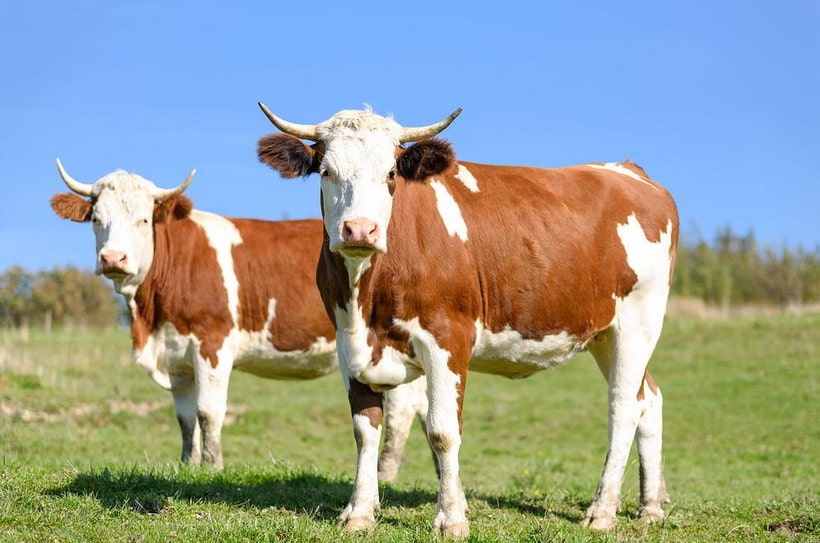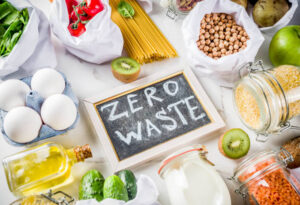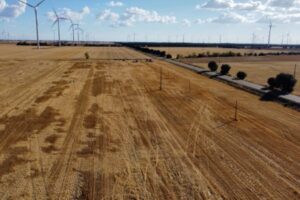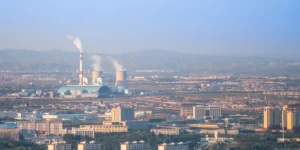How Sustainable Food Technologies Change Our Future

When the COVID-19 pandemic hit, it uncovered many faults in our food supply chain. Shortages abounded and, as a nation, we went through an experience comparable to that of our ancestors during wartime.
Although they have yet to become mainstream practices, the top food sustainability technologies could help alleviate those supply chain problems in the future, becoming part of a lasting recovery strategy. These technologies include methods of better food growth, agricultural recycling, and methods of agricultural intelligence
1. Cultured Meat Replaces Ranching
While science could theoretically grow any food from a culture, agricultural food technologists began with cultured meat, since cattle and avian operations create such large carbon footprints. Unlike plant-based meats, cultured meats grow from the cells of actual animals in an artificial environment, such as a laboratory.
In Singapore, restaurants already serve cultured chicken, showing the first success at winning consumer acceptance. The question of scale remains the largest, although some techniques for culturing meat require large amounts of water.
A related technology, 3D bioprinting, uses a combination of animal cells and plant materials to create chicken. The methodologies create an ethical manner of producing meat to eat since no harm comes to any animal in the process and no animal dies. Already tested on the space station, the cultured meat process does produce tasty, edible options to create a sustainable food system in which you could dine on a fresh steak like those of Aleph Farms, even in deep space.
2. Vertical Farming Grows More Crops in Less Space
When you don’t have room to grow outward, grow upward, as in vertical farming. The smallest scale of vertical farming, the kitchen window herb garden, grows even in a city studio apartment. The latest methods of vertical farming use reclaimed spaces, such as abandoned tunnels and mine shafts, to grow crops. Instead of the sun, these interior methods use plant growth lights. Vertical farms let the agricultural producer maximize crop yield while reducing the producer’s carbon footprint.
3. AI Diagnostics Provides Better Ag Operations Information
Agricultural producers use apps leveraging artificial Intelligence (AI) and Internet of Things (IoT) sensors to monitor crops, conduct soil and water tests, and detect diseases in plants. The sensors used with these AI apps also monitor the weather and climate, offering reports that help agricultural producers to alter inputs or farm and ranch management methods to improve production.
4. Circular Agriculture Reduces Waste
In circular agriculture, scientists disrupt the product lifecycle to reclaim food industry waste and recycle it as a biofertilizer. This waste would typically contribute to water pollution, but through waste recycling, it becomes a biofertilizer that adds to the health of topsoil and provides protection against water contaminants.
5. Restaurant Food Management Apps
Information technology also contributes after the food reaches the market and restaurants. Digital food management improves procurement and inventory methods, better manages food supplies and tracks expiration dates, and helps restaurateurs to reduce waste.
Robotics enters this category, too, by providing automated methods of food measurement and, in some cases, preparation. This ensures the appropriate amount of each ingredient always goes into the dish and that each dish tastes the same each time.







